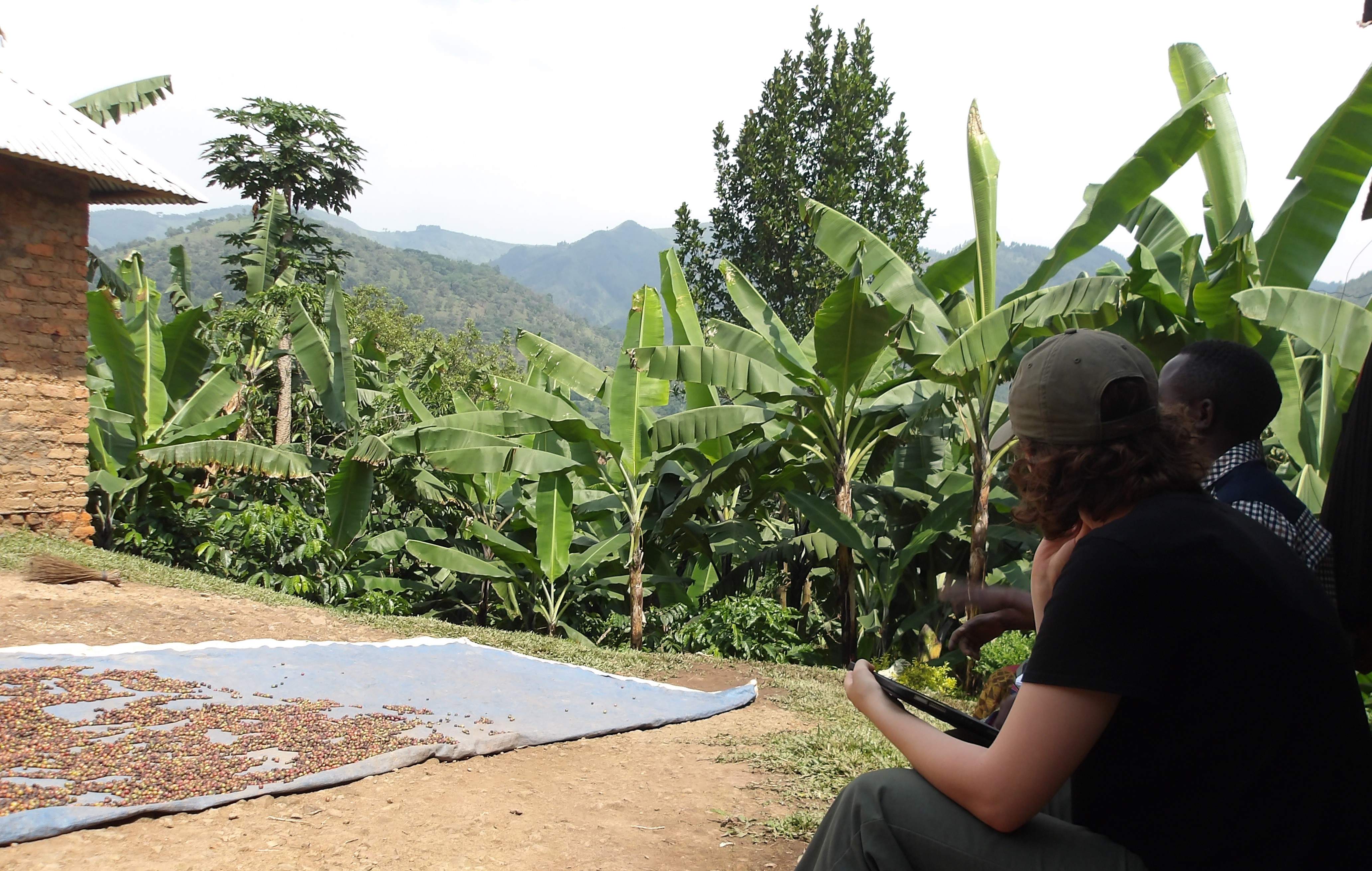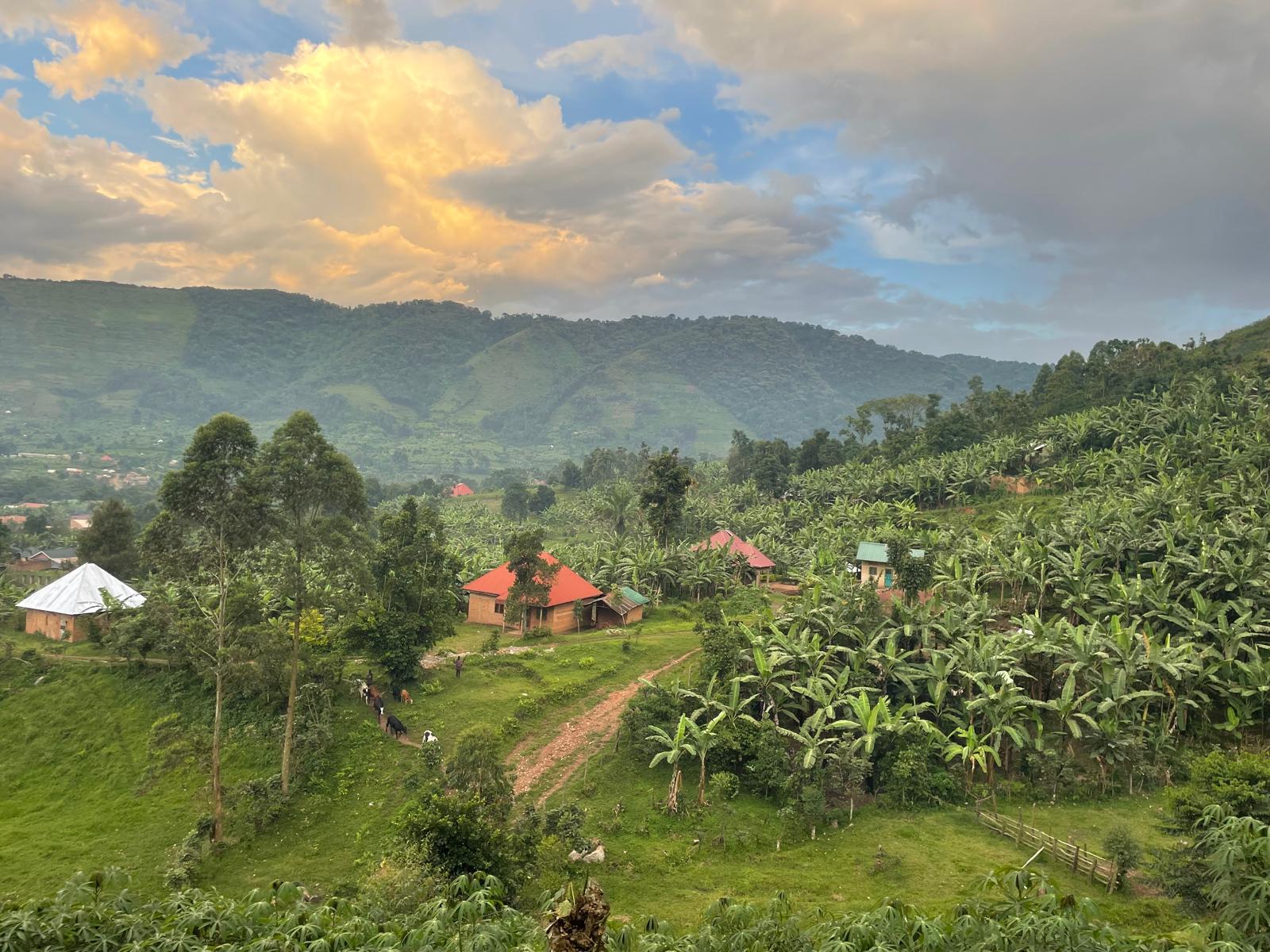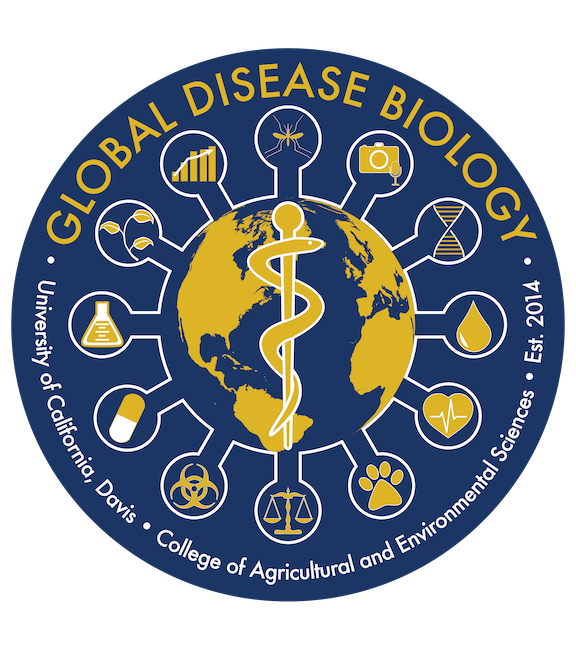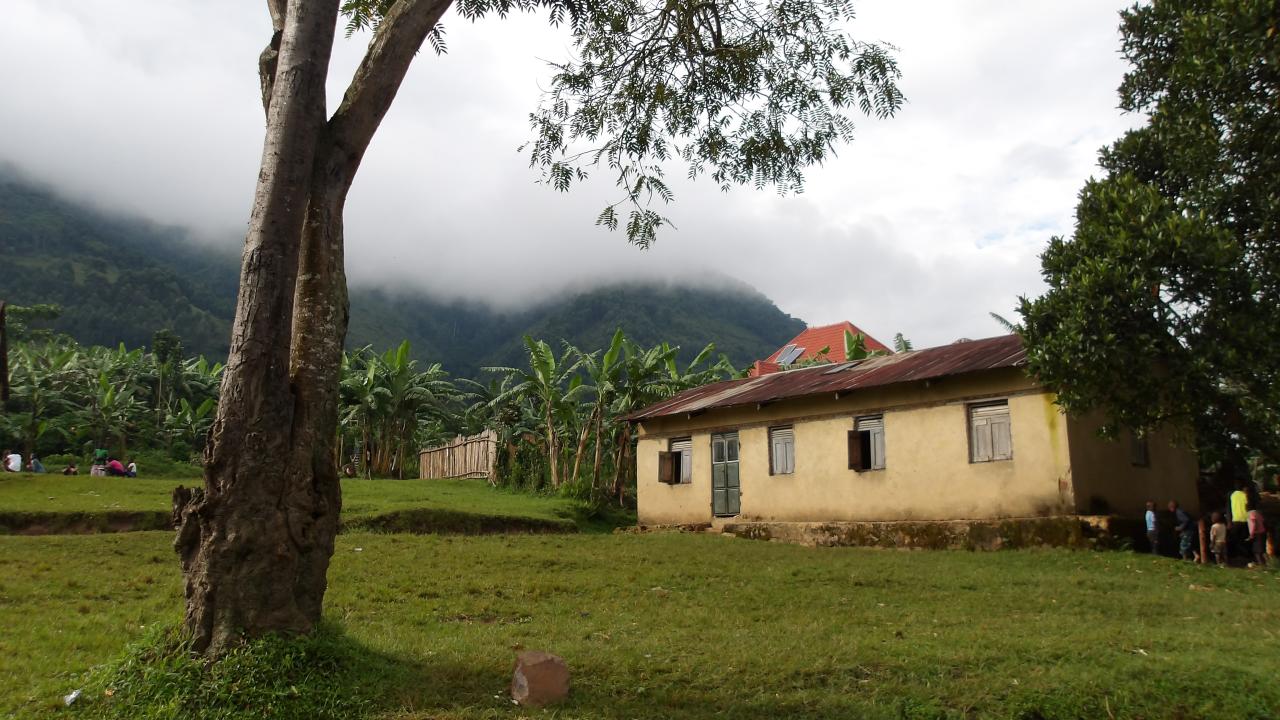
How I Did My Practicum Abroad
On March 27, 2024, I walked off the plane and into the Entebbe airport. As I rounded the corner of the baggage claim, I saw a large sign that read: “Welcome to Uganda, the Pearl of Africa”. Over the next three months, I learned why Uganda was the pearl of Africa; I saw Uganda’s beauty in the lush, rolling hills in Buhoma, in the family of elephants crossing in front of us into the vast green savannah in Queen Elizabeth National Park, and in the wildflowers and ferns decorating the steep slope of Mount Sabyinyo. I would never have gotten the opportunity to experience all of Uganda’s incredible beauty had my dad not met Dr. Scott Kellermann by chance one Sunday morning.




About twenty years ago, Dr. Kellermann and his wife, Carol, were asked to travel to Bwindi, Uganda to do a medical survey on the Batwa, a group of indigenous people who had been displaced from their ancestral home in the Bwindi Impenetrable Forest. The Batwa were forcibly displaced from the forest in 1991, which forced them to transition from a hunter-gatherer community to an agrarian one. This displacement took a steep toll on the health and well-being of the Batwa community, which Dr. Scott and Carol witnessed during their trip. They ascertained that the Batwa needed more support than what could be given during their visit, so they decided to sell their home in California and move to Bwindi, where they stayed for the next ten years. During that time, they founded the Bwindi Community Hospital, the Batwa Development Program (BDP), and the Kellermann Foundation. The hospital, BDP, and the Kellermann Foundation were created with sustainability in mind. The hospital (BCH) provides free healthcare to the Batwa, because Dr. Scott’s intention was to focus on accessible, preventative healthcare. The creation of the hospital led to the creation of the Uganda Nursing School and Uganda College of Health Sciences Bwindi, which create opportunities for Ugandans to receive an education in the healthcare field and go on to work at BCH or another hospital. The BDP works with funding from the Kellermann foundation to implement projects focused on helping the Batwa help themselves. These projects include: education for Batwa children and adults; agricultural projects designed to teach gardening, livestock rearing, improve nutrition, and provide a source of income; the Batwa Experience tour that allows Batwa to preserve their culture and traditions in a small section of the Bwindi forest; and the Batwa Women’s Center, which teaches life skills and craft skills to create additional sources of income.
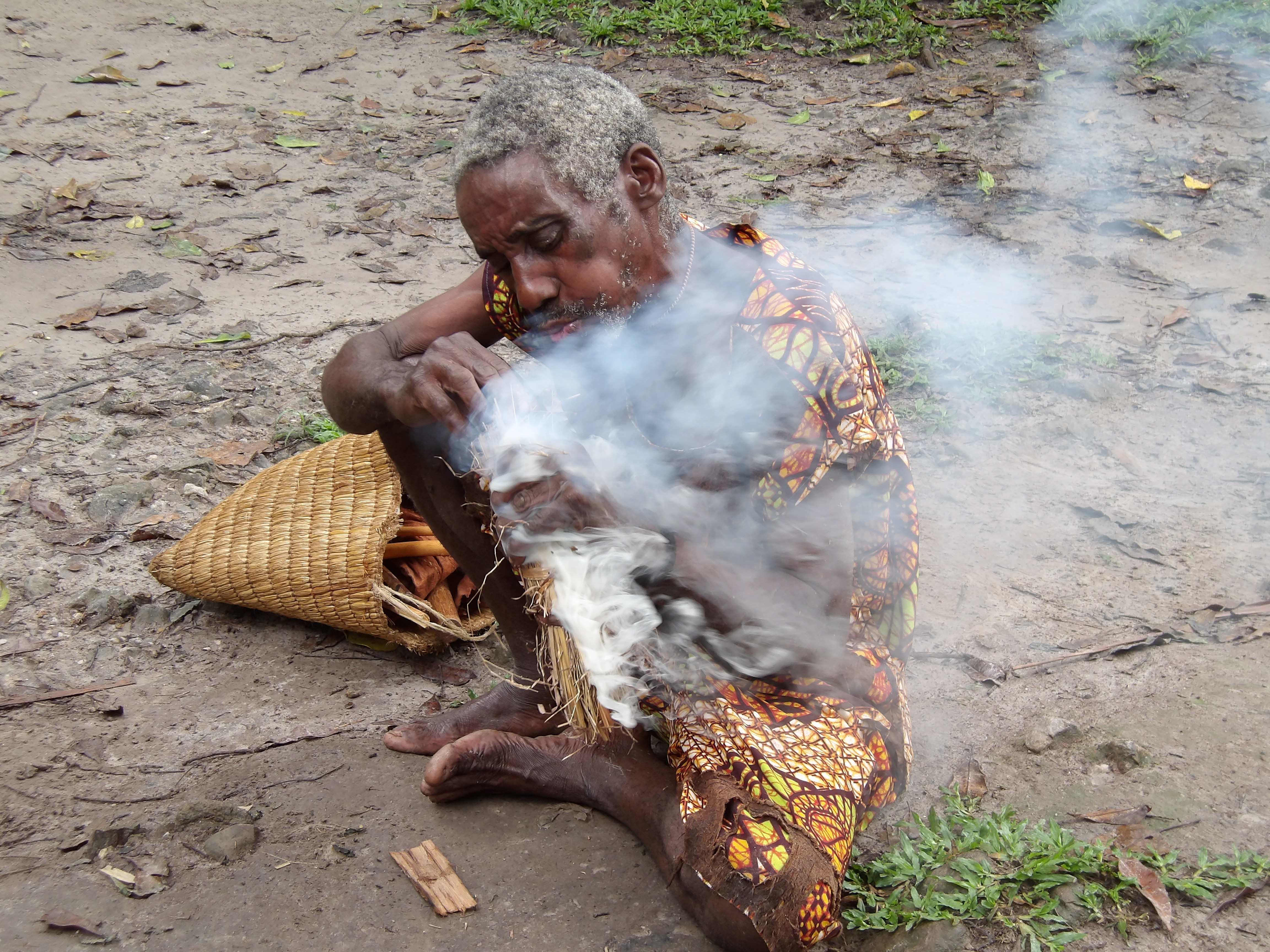
When my dad met Dr. Scott, Dr. Scott talked about his work in Uganda, which prompted my dad to share that I was studying Global Disease Biology and am interested in disease research. Dr. Scott gave my dad his card and my dad encouraged me to reach out. The three of us met for coffee and Dr. Scott invited me to come to Uganda. He told me to send him my CV and a short paragraph about myself so that he could make some introductions with researchers and staff at the community hospital in Uganda. Over the next couple weeks as I worked on my CV and statement, I felt somewhat daunted by some of the CV examples I saw online. Many had places to list publications, awards, and conferences, none of which I could add to my own CV. I searched for more examples of student CVs, and learned that I could add skills I had acquired from my coursework, volunteering hours, and a short statement about what kinds of activities I participated in outside of work and school. Writing my CV turned out to be an invaluable part of this experience that helped me build my confidence and remember that everyone has to start somewhere in their research journey. If you’re also beginning the process of finding a research opportunity and need guidance on creating a CV, the Career Center at UC Davis is a wonderful resource. Their Career Resource Manual found on their website is a great tool for learning what to put in your resume or CV, and how to begin the process of finding an internship or job opportunity. You can also make an appointment with them to get feedback on your CV/resume, get assistance with your job/internship search, and explore potential career paths.
Dr. Scott sent an introduction email with my CV to the Community Health team at BCH. I replied with a quick introduction and mentioned my major, my specific interests within the scope of my major, and my excitement about the opportunity to work with them and see One Health in action. I started corresponding with the community health team and learned about what they were currently working on and how I could help. I decided I wanted to go to Uganda during my spring quarter of that year, so I made an appointment with my academic advisor, Grace Gomez, to discuss how I could make that happen. Grace encouraged me to use this trip as an opportunity to complete my practicum project. In order to make that possible, I would need to find a practicum mentor in Uganda and a UC Davis faculty member to serve as my GDB 189 instructor of record. I also sent an email to Dr. Leveau and Dr. Rizzo to share my idea for doing my practicum project in Uganda and ask for their approval. Since GDB 189 is only a three unit class, I also needed to enroll in nine variable units in order to maintain my full time status while I was in Uganda. Variable units are typically used for students to get credit for research outside of a regular UCD course, and in my case, they would give me credit for the volunteering and research I participated in outside my practicum project.
I approached the community health team about potentially doing my practicum project with them, and asked Mr. Yusufu Kuule, the leader of the Community Health & Batwa department and the Mental Health department, if he would like to work with me as my practicum mentor. I explained the role of practicum mentor and included the GDB Guide to the Practicum for his reference. He said yes, and sent me a list of potential study areas for my project. Mr. Nahabwe Haven, the Lead Surveillance Manager on the Epicenter for Emerging Infectious Diseases (EEIDI) at Bwindi Community Hospital, also replied and shared about the One Health work he was doing with the UC Davis One Health Institute, which I would get to see in action once I arrived. From the possible study areas Mr. Kuule sent, I decided to focus on potential risk factors for malaria. I was excited to work with Mr. Kuule and Mr. Haven and incorporate a One Health approach in my project.
After finding a practicum mentor and deciding on a project, I began my search for a UC Davis faculty member to serve as my instructor of record for my practicum and variable units. I started looking for mentors by searching department websites and sending emails to faculty mentors that I thought might be interested in the project. At the time, I was also working on a project for the GDB advising department, which was a pdf thanking all the faculty members who served as faculty mentors to GDB students during the previous year (linked here). As I went through the list, I had to find people’s pictures, contact information, and lab websites. As I added faculty members to the pdf, I learned about their background and research, and was able to create a list of people to reach out to that might be interested in my project. I emailed many faculty members, and most responded saying they were unavailable or that the research wasn’t quite in line with their research focus. As I continued my search and continued making the ‘thank you’ document, I found Dr. James Carey; I read through his department profile and saw that he had taken annual trips to Uganda to teach a course to PhD students, and that his research interests lie in biodemography and insect invasion biology. I also saw that his book, Biodemography, was linked on his department profile page. I followed the link and read through the overview. I was intrigued by the concepts his book covered, and wanted to learn more about biodemography. I sent Dr. Carey an email introducing myself, explaining how I came across his profile, and expressing my interest in his book and research. I explained my plan to complete my practicum project in Uganda, what I was interested in studying, asked if he would like to serve as my instructor of record, and explained the responsibilities of that role. Dr. Carey interviewed me over zoom the next day, then accepted my invitation to work with me as my instructor of record. As my IOR, he would also mentor me during my practicum project, and would be able to verify that I had ‘passed’ GDB 189 and my variable units.
Doing my due diligence by familiarizing myself with Dr. Carey’s background and research interests was an important step to take prior to reaching out. Doing your research on a potential mentor before you reach out to them is crucial for a few reasons. Firstly, it will help you understand if their research interests align with your practicum topic of interest. Secondly, it will demonstrate to the potential mentor that you have a genuine interest in their research and mentorship. Lastly, reading up on potential mentors beforehand is a respectful and thoughtful way to approach someone about the opportunity to work with them that demonstrates your intention to create a meaningful mentor-mentee relationship.
Enrolling in 9 variable units in addition to my 3 units from GDB 189 not only helped me maintain my full-time enrollment status while in Uganda, but also gave me the opportunity to use those hours to get involved in other projects at the hospital. For example, I had the opportunity to work with Mr. Haven and Julia, both public health specialists working on a disease surveillance project with UC Davis’s EEIDI, and I was able to spend a lot of my time with Mr. Kuule’s mental health team. Both of those opportunities helped me engage with the community and learn how I could implement what I had learned about One Health, mental health, and the local culture into my practicum project.
Dr. Scott and Carol Kellermann prioritized relationships and sustainability in their mission to support the Batwa and the Bwindi community. Building relationships is a key component to successful, ethical, and meaningful research. I focused on building relationships and immersing myself into the community by taking lessons to learn Rukiga, the local language; getting involved in other projects at the hospital; getting to know other nursing students, doctors, and hospital staff; getting to know community members; and accepting invitations to participate in events in the community. Embracing the language, culture, and community not only made my time in Uganda more impactful to me, but it also made my research more well-rounded, informed, respectful, and meaningful. As GDB students, we have the opportunity to create a research project guided by our unique interests and passions. These practicum projects are not only beneficial to us as students and researchers, but they can also have a positive impact on our research fields and communities. The practicum project gives GDB students the opportunity to take an active role in research, which sets them apart from other applicants when applying to jobs, internships, or graduate school. So to other GDB students about to begin their practicum, I encourage you to be intentional and engaged in every step of the process; choose a topic that is meaningful to you, and embark on this experience with a curious, open mind.
